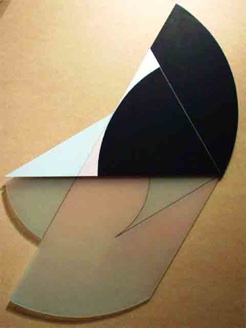History
To this end, Still, an autodidact, pursued extensive anatomical study and, guided by techniques seemingly acquired from traditional ‘bonesetters’, developed a system of manual treatment of the body based on this anatomical knowledge.
His books outline a philosophy that examine the relations and interdependence of all of the body’s parts and systems. (read A.T. Still on the web at Inter Linea)
As a result of his success with patients, A.T. Still decided to teach others his methods and in 1892 opened the American School of Osteopathy in Kirksville Missouri. Osteopathy found great favour and success and spawned generations of new osteopaths.
As a response to political pressure both within and without the osteopathic community, American osteopaths aligned the training at osteopathic schools, now across the USA, with conventional medical schools and moved towards being licensed as allopathic physicians.
By the 1950's osteopathic physicians were on par with medical doctors. Today less than 5% of American osteopaths practice manual osteopathy.
Over the ensuing hundred plus years, manual osteopaths the world over have developed a wide array of manual tests and techniques that address all of the tissues of the body and include methods other than those taught by Still. These include Cranial Osteopathy (William Garner Sutherland DO), Muscle Energy (Fred Mitchell DO), Strain Counter Strain (Lawrence Jones DO) among others.
In Canada, Philippe Druelle DO pursued a commitment to the practice of manual osteopathy at the colleges he founded in Montreal, Quebec City, Toronto, Halifax and Vancouver.
Osteopathy was conceived in the last quarter of the 19th century by the American A. T. Still, perhaps in response to the ineffective medical treatments of the day.
A.T. Still strove to bring a more holistic treatment of patients that was in line with ‘the laws of nature’.
